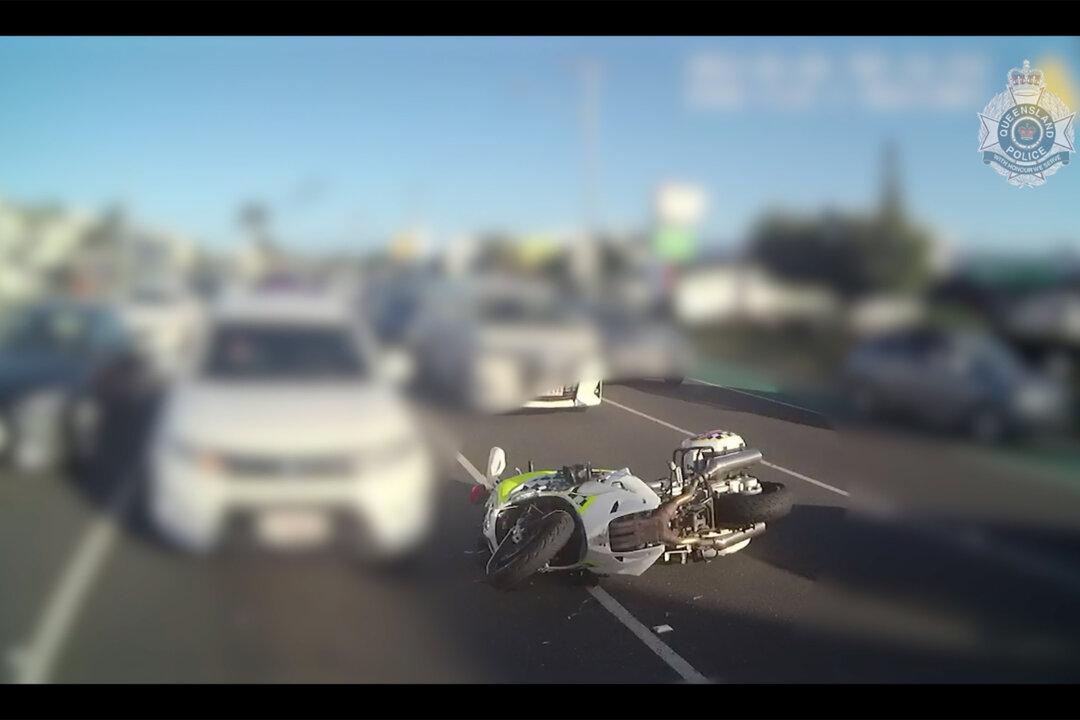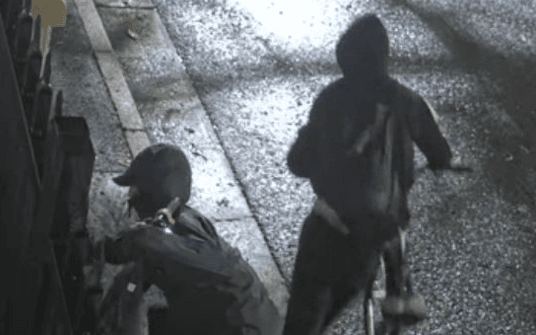Offenders who deliberately ram an emergency services vehicle will face up to 14 years in jail under proposed Queensland laws.
The reforms to be introduced to parliament next week will also impose up to seven years’ imprisonment for a person who causes wilful damage to an emergency vehicle.
Premier Steven Miles said some young offenders were deliberately targeting authorities on the roads and boasting about it on social media.
“It’s dangerous for our first responders, our police, our ambos, our firies,” he said on April 26.
“It’s dangerous for them and they don’t deserve to be treated like that when they go to work every day to take care of Queenslanders.
“We know that there are some small groups of young people who are competing with each other to post pictures of rammed emergency vehicles on their social media ... and that’s just not good enough.”
Under the proposed laws, targeting and intentionally ramming an emergency vehicle will be a standalone offence.
“This new offence will add an extra tool for our police in responding to these particular kind of attacks on our emergency services,” Mr. Miles said.
The government said there had been an increase in ramming incidents against police vehicles.
“Disgracefully, Queensland’s hardworking police have been victim to about 60 ramming incidents this year,” Mr. Miles said.
Two incidents resulted in a police officer being admitted to hospital and eight requiring medical or first aid for injuries sustained from the crash.
The proposed laws will ensure any driver who uses their car to cause damage to an emergency services vehicle faces an additional charge for that action on top of other relevant associated offences.
“Queensland Police Service welcomes the proposed new law holding reckless drivers to account,” Commissioner Steve Gollschewski said.
The government on April 26 confirmed it would fund a police helicopter to cover both the Sunshine Coast and Wide Bay regions.
It comes following the success of a Polair helicopter in Townsville and a recent announcement that Cairns in the far north will also receive aerial capabilities.







